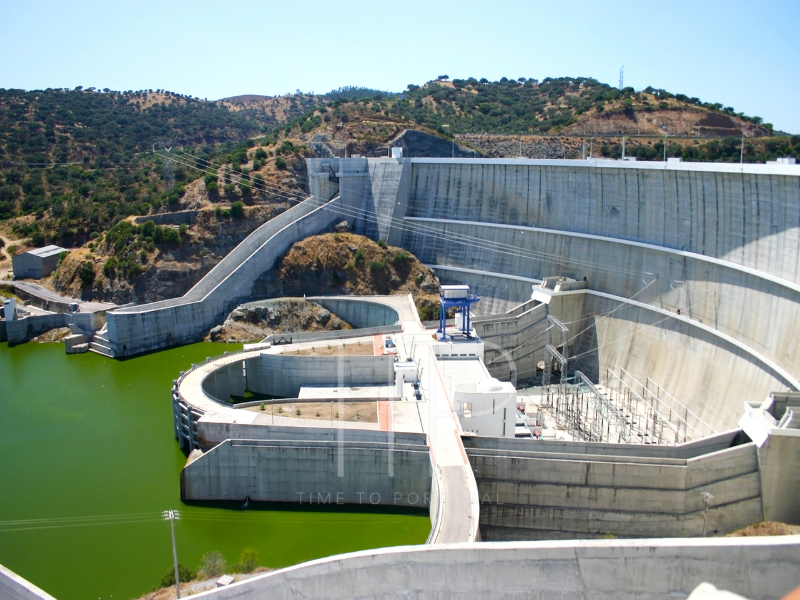A new reservoir will cover an area of 10,000 hectares, submerging the village of Pisão, which currently has around 70 residents and 110 houses.
Residents and owners of houses and land in the village of Pisão, in the municipality of Crato (Portalegre), are being asked to take part in a survey on the future of the new village, which will be built as part of the dam project.
António Farinha, from the Pro-Association of Residents and Owners of Pisão, the village that is due to be submerged with the construction of the Crato Multi-purpose Hydraulic Development (EAHFM), explained to Lusa today that this is the second survey of the population since the project began. The first survey, he recalled, took place in 2021 and aimed to “understand how people wanted to be relocated” and “what they would like to happen”, namely “where they would like to live, what they liked best about the village” or what they wanted “the new village to be able to offer”.
This new survey now “repeats a little of the previous questions and adds new ones, more precise, more orientated” towards what people want the new village to have, explained António Farinha.
The study, carried out by a specialised company and promoted by the Alto Alentejo Intermunicipal Community (CIMAA), which is responsible for carrying out the construction project for the so-called Pisão Dam, wants the population to give their opinion on what “collective facilities or the type of houses” they want the new town to have. And it wants to “understand a little about what [the inhabitants] would like to keep and what kind of changes they would like to see in the new village,” said the spokesman for the Pro-Association of Residents and Owners of Pisão.
The survey should be finalised “within three to four weeks” and appointments are currently being made with residents and landowners so that the work can be carried out on the ground. The initiative follows a meeting that took place last Saturday in the village of Pisão, bringing together representatives from CIMAA, Crato City Council and the Pro-Association of Residents and Landowners of Pisão.
“This meeting was very much organised by us and had two components,” one of which was “the survey and explaining to people what the overall project is, what the dam is going to be, the features it’s going to have, some curiosities,” said António Farinha. The second part of the meeting, according to the official, was marked by explanations regarding “the logistics of the questionnaire”, namely how residents and landowners will be contacted.”We wanted to find out about the survey because, from our perspective, it’s the time for people to be able to comment on what they have and how they would like to see it projected in the new village,” he said.
The Crato EAHFM involves a total investment of more than 200 million euros, of which more than 141 million are financed by the Recovery and Resilience Plan (PRR). The project also includes the construction of a 150 megawatt (MW) floating photovoltaic plant, whose investment, totalling around 51 million euros, is not included in the RRP.
In addition to the dam and photovoltaic plant, the project also includes a mini hydroelectric plant and canals for agricultural irrigation and a public water supply system. The dam will make it possible to irrigate around 5,500 hectares and, according to the timetable submitted by CIMAA to the European Commission, construction work should be completed by the end of 2026.
The reservoir will cover an area of 10,000 hectares, submerging the village of Pisão, which currently has around 70 residents and 110 houses. The reservoir, a historic demand in the region, will also guarantee a supply to the populations of the municipalities of Alter do Chão, Avis, Crato, Fronteira, Gavião, Nisa, Ponte de Sor and Sousel, totalling around 55,000 people.
Related article: Pisão dam, a “great opportunity” for Alto Alentejo
Drowned Village of Vilarinho da Furna, Portugal

